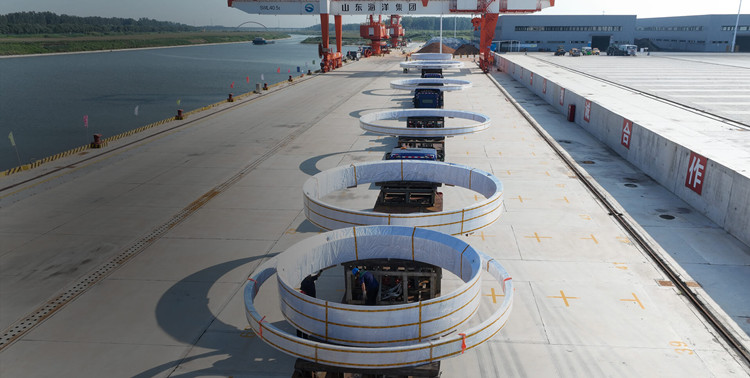- tyler@kirail.com
- +86 15603721115
In forging production, various safety accidents are prone to occur. Let us introduce the dangerous factors in forging production.
1. Forging production is carried out in a hot state of metal (such as forging low-carbon steel in the temperature range of 1250-750℃). Due to the large amount of physical labor, burns may occur if you are not careful.
2. The heating furnace and the hot ingots, blanks, and forgings in the forging workshop continuously emit a large amount of radiant heat (the forgings are still at a high temperature at the end of forging), and workers are often exposed to thermal radiation.

3. The smoke and dust generated during the combustion process of the heating furnace in the forging workshop is discharged into the workshop air, which not only affects hygiene, but also reduces the visibility of the workshop (especially the heating furnace burning solid fuel), and may also cause work-related accidents.
4. Equipment used in forging production, such as air hammers, steam hammers, friction presses, etc., will generate impact force during work. When the equipment is subjected to this impact load, it is easy to be suddenly damaged (such as the sudden breakage of the piston rod of the forging hammer), resulting in serious injury accidents.
5. Pressing machines (such as hydraulic presses, crankshaft hot die forging presses, flat forging presses, precision presses, etc.) and shearing machines have relatively small impact forces during operation, but sudden damage to the equipment also occurs from time to time, and operators are often caught off guard, which may also cause industrial accidents.
6. The force exerted by forging equipment during operation is very large, such as crank presses, stretch forging presses and hydraulic presses. Although their working conditions are relatively stable, the forces generated by their working parts are very large. For example, my country has manufactured and used a 12,000-ton forging hydraulic press. It is a common 100-150-ton press, and the force it exerts is already large enough. If there is a slight error in the installation or operation of the mold, most of the force will not act on the workpiece, but on the mold, tool or parts of the equipment itself. In this way, some installation and adjustment errors or improper tool operation may cause serious equipment accidents or personal accidents such as component damage.
7. The tools and auxiliary tools of forging workers, especially the tools and fixtures for manual and free forging, have many names and are placed together in the workplace. During work, tools are changed very frequently and stored in a messy manner, which inevitably increases the difficulty of checking these tools. When a certain tool is needed during the forging process but cannot be found quickly, similar tools are sometimes used "randomly", which often leads to industrial accidents.
8. Due to the noise and vibration generated by the equipment in the forging workshop during operation, the workplace is extremely noisy and sounds unpleasant, affecting people's hearing and nervous system, distracting attention, and thus increasing the possibility of accidents.